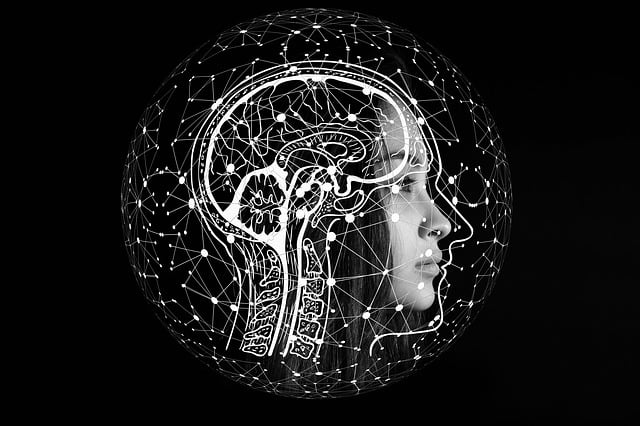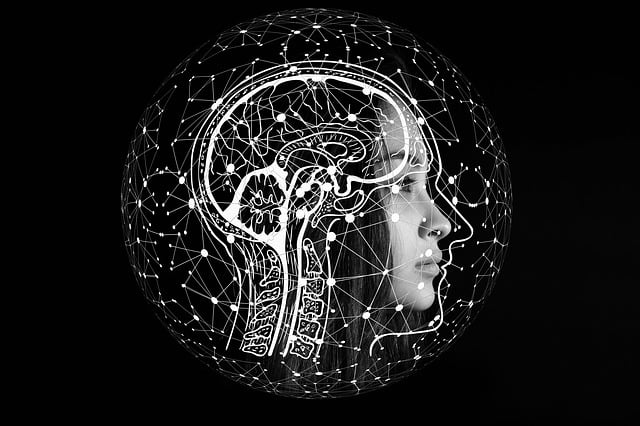-
Table of Contents
Understanding the Core Elements of AI

Contents of artificial intelligence (AI) form the backbone of modern technology, driving innovations from chatbots to self-driving cars. If you’ve been struggling to grasp what makes AI tick, this guide will break down its essential components, providing clarity and actionable insights. By the end, you’ll have a solid understanding of how AI works and why it matters.
Table of Contents
- What Is AI?
- Key Components of AI Systems
- Machine Learning: The Heart of AI
- Natural Language Processing (NLP)
- Computer Vision and Perception
- Robotics and Automation
- Ethical Considerations in AI
- The Future of AI
What Is AI?
Artificial intelligence refers to machines designed to mimic human intelligence. The contents of artificial intelligence include algorithms, data, and computational power, which together enable tasks like problem-solving and decision-making. For example, AI powers recommendation systems on Netflix and fraud detection in banking. According to McKinsey, AI could contribute up to $13 trillion to the global economy by 2030.
Key Components of AI Systems
To understand AI, we must examine its building blocks. Here are the core elements:
- Algorithms: Step-by-step procedures for solving problems.
- Data: The fuel that trains AI models.
- Hardware: GPUs and TPUs that accelerate computations.
- Software: Frameworks like TensorFlow and PyTorch.
Without these components, AI systems wouldn’t function. For instance, Google’s AlphaGo used advanced algorithms and vast data to defeat world champions in Go.
Machine Learning: The Heart of AI
Machine learning (ML) is a subset of AI that focuses on pattern recognition. Instead of explicit programming, ML models learn from data. For example, Spotify uses ML to personalize playlists. According to Statista, the ML market will grow to $117 billion by 2027.
Natural Language Processing (NLP)
NLP enables machines to understand and generate human language. Chatbots like ChatGPT rely on NLP to converse naturally. Companies like OpenAI have pushed NLP boundaries, making interactions seamless.
Computer Vision and Perception
This branch of AI lets machines interpret visual data. Self-driving cars use computer vision to navigate roads. Tesla’s Autopilot, for instance, processes real-time video feeds to make driving decisions.
Robotics and Automation
Robotics integrates AI to perform physical tasks. Amazon’s warehouses use robotic arms to sort packages, boosting efficiency. The contents of artificial intelligence here include sensors and actuators working in harmony.
Ethical Considerations in AI
As AI advances, ethical concerns arise. Bias in algorithms can lead to unfair outcomes. For example, facial recognition systems have shown racial bias. To address this, organizations like the ACLU advocate for transparency and accountability.
The Future of AI
The contents of artificial intelligence will continue evolving, with breakthroughs in quantum computing and AI ethics shaping the next decade. Businesses must adapt to stay competitive. For more insights, check out our articles on AI trends, ML applications, and AI ethics.
Key Takeaways
- AI relies on algorithms, data, and hardware.
- Machine learning drives personalization and automation.
- Ethical AI requires transparency and fairness.
Understanding the contents of artificial intelligence empowers you to leverage its potential. Whether you’re a developer or a business leader, staying informed ensures you won’t fall behind in this rapidly changing field.



Leave a Reply